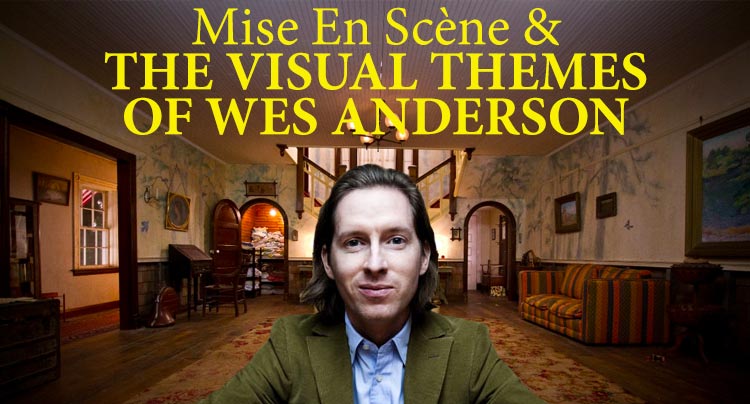Wes Anderson has become a film genre. Even
Saturday Night Live did a spoof on this notion, re-envisioning a modern horror film as a Wes Anderson comedy for one of their digital shorts. And although the auteur would not likely refer to himself as a “genre”, the evidence is onscreen in every one of his films. It’s through the marriage of his production design team’s (David Wasco, Mark Friedberg, Nelson Lowry and Adam Stockhausen) signature art direction, and the virtuoso camerawork led by his go-to Director of Photography Robert Yeoman (as well as his stop-motion animation cinematographer Tristan Oliver) that Anderson has been able to carve a niche in American cinema history. In the same way a Spike Lee Joint or a Martin Scorsese Picture have their own distinctions, so also is a Wes Anderson film (more properly known as an American Empirical Picture) easy to spot. But the twist is, for all his towering success as an American auteur, the look and feeling behind each Anderson film finds its influences more rooted in foreign cinema. The tracking camera, moving from room to room, examining the bourgeoisie and upper class in the films of Luis Buñuel (e.g.
El Angel Exterminador) laid the groundwork for the dolly and tracking shots in Anderson’s
Rushmore,
The Royal Tenenbaums and early sections of
The Life Aquatic with Steve Zissou. The frenetic energy and overall zeal found in François Truffaut’s
Jules et Jim serves also as the celluloid backbone of most of Anderson’s works, specifically
Bottle Rocket,
The Royal Tenenbaums, and
Fantastic Mr. Fox. The melancholic swoons of the silver screen’s longing romantics permeate
Moonrise Kingdom,
Hotel Chevalier/
The Darjeeling Limited and in the romance subplot of
Bottle Rocket. These films share the same sort of beautiful yet honest moments found in Jean-Luc Godard’s
Pierrot Le Fou.
A standout influence is definitely Louis Malle’s Le Feu Follet. In The Royal Tenenbaums, Richie Tenenbaum (Luke Wilson) emotes the quiet pathos of Follet’s depressive protagonist and is similarly positioned inside the framing of certain shots. Study the scene where Richie visits Eli Cash to see the striking similarities in composition and staging with Malle’s film. It’s not that Anderson is simply covering his cinematic idols, he’s curating them; he’s channeling them; he’s transcending them.
Now on the eve of his latest film, The Grand Budapest Hotel, Anderson looks to enhance his cinematic oeuvre, incorporating more of an ode to the staged theatrical, in addition to his trademark cinematic styles. Anderson’s visual themes work best when they are firing on all cylinders, enthusiastically running into each other; every time that happens, Anderson becomes his own genre; both inimitable and iconic.

